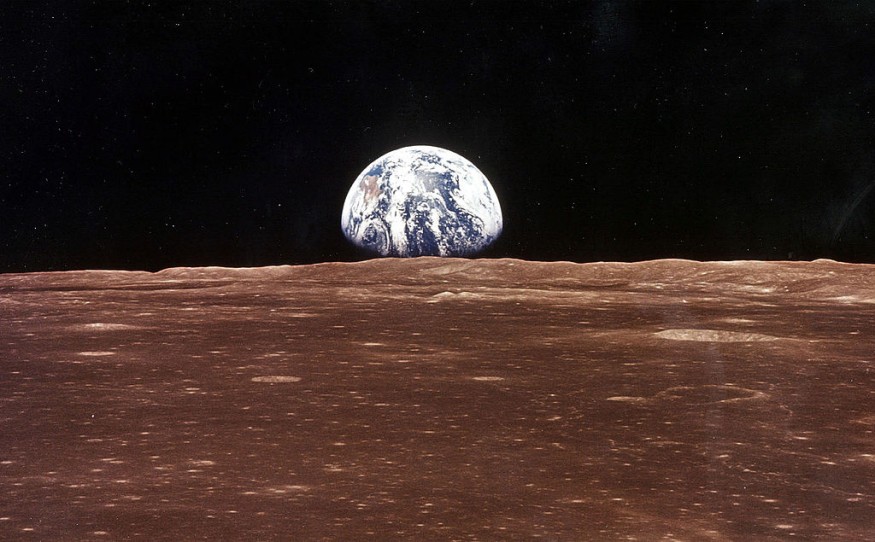As NASA moved back the award timeline for two lunar lander contracts from late February to April 30, the space agency continues to scout for an ideal landing place to carry human crew members to the Moon and set up a long-term base camp on the lunar surface.
NASA states that the correct place for touching down and setting up the shop requires ideal conditions, including sunshine, clear space, covering, and maybe even water access. Many places around the Lunar South Pole are cast in near-permanent light or darkness, actually the leading nominee for the camp, so NASA engineers expect it can provide them with the best of both worlds.

NASA experts are now looking at constructing a base camp on the side of a lunar crater. Crew members will then focus on solar energy. However, they would still travel into the crater's darkness to search for lunar ice deposits.
The geologist for NASA, W. Brent Garry, said in a press release that they noticed such dramatic terrain down there.
Upper Floor
These proposals are a deviation from a different solution recently floated by scientists that would have lunar and Martian colonies lived in sub-surface lava tubes where cosmic radiation would protect them. Alternatively, NASA is looking at something like a spaced out campsite, where landing and firing rockets will not hide anything else in waste.
Ruthan Lewis, an engineer helping lead NASA's south pole site analysis and planning team, said in the press release that they are taking advantage of the landforms, such as hills, that can act as barriers to minimize the impact of contamination. Hence, they are looking at distances, elevations, and slopes in our planning."
Landing Zones
About the landing zone now. To refrain from falling over, the Artemis lander has to touch down in a level location and it has to be at least half a mile away from the foundation to prevent showering lunar regolith habitats and facilities.
According to Syfy, moondust alone can destroy hypersensitive devices since there are practically no volcanic mechanisms to weather rock and glass fragments' rough edges. A perfect location to land would be level and protected by landforms such as hills, meaning that any dirt thrown up would be blocked.
What is really fascinating about making a base camp on the south lunar pole is that although it would be on the tidally locked Moon's earth-facing side, it would still be just on the edge of the enigmatic dark side. According to EarthSky, there is far more to the Dark Side of the Moon than a Pink Floyd set. Samples taken from the base camp's far side might show why there is a deeper crust on that side and so many other craters have influenced it. It could have anything to do with heating discrepancies between the side that basks in light and the side that lurks more in shadow, but only true facts can say.
Check out more news and information on Space on Science Times.











